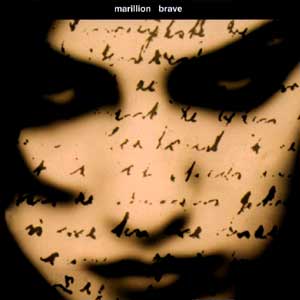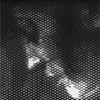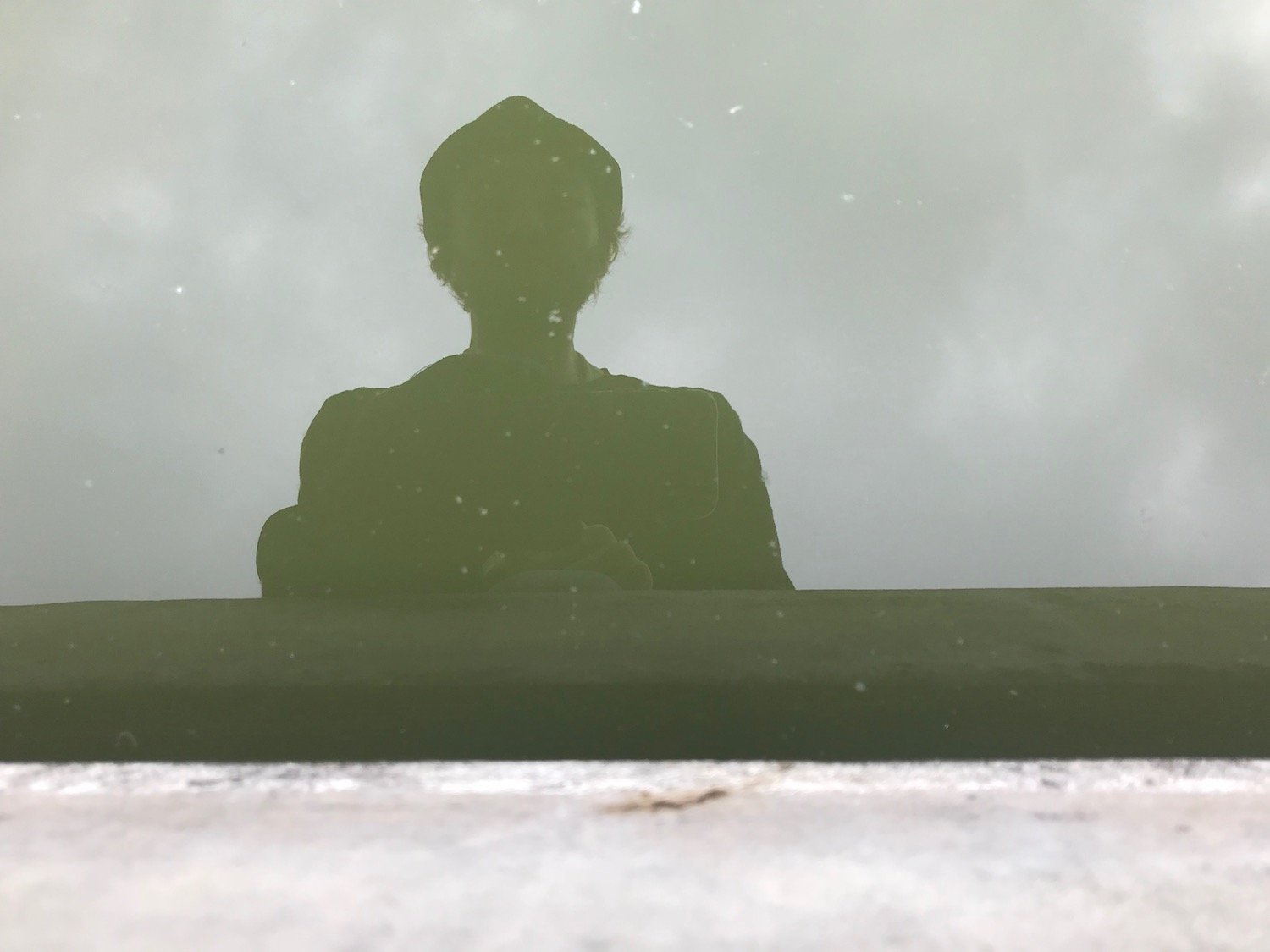Progarchives.com has always (since 2002) relied on banners ads to cover web hosting fees and all.
Please consider supporting us by giving monthly PayPal donations and help keep PA fast-loading and ad-free forever.
/PAlogo_v2.gif) |
|
Post Reply 
|
Page <12345> |
| Author | |||
Gerinski 
Prog Reviewer 

Joined: February 10 2010 Location: Barcelona Spain Status: Offline Points: 5091 |
 Posted: February 11 2013 at 08:54 Posted: February 11 2013 at 08:54 |
||
A fascinating instrument indeed, it's just that if I start including too many interesting modern instruments this can go on forever, let's see if the Eigenharp or some others find a stable place in modern Prog. |
|||
 |
|||
Warthur 
Prog Reviewer 

Joined: January 06 2008 Location: London, UK Status: Offline Points: 617 |
 Posted: February 11 2013 at 11:11 Posted: February 11 2013 at 11:11 |
||
|
I would like to perk up to mention one synthesiser not mentioned in the (very impressive) OP: the humble stylophone.
 Its operation is simple. You have a stylus. You run a stylus across the pad, making an electrical connection. The tone of the tinny bleeping noise the stylophone makes varies across the pad. It was sold as a novelty and tended to be used by one, but there's a few interesting uses of it on the periphery of prog. David Bowie played one on Space Oddity (accompanied by Rick Wakeman on more grown-up keyboards!), Kraftwerk made use of one on Pocket Calculator, and the "I Do Like to Be Beside the Seaside" bit at the end of Queen's Seven Seas of Rhye (album version) features some. Not, in short, a particularly clever or even impressive instrument, but an iconic one anyway, not least because many British kids of a certain age have fond memories of mucking about with stylophones received as stocking-fillers.
Edited by Warthur - February 11 2013 at 11:13 |
|||
 |
|||
Gerinski 
Prog Reviewer 

Joined: February 10 2010 Location: Barcelona Spain Status: Offline Points: 5091 |
 Posted: February 13 2013 at 00:58 Posted: February 13 2013 at 00:58 |
||
Yeah I remember them in my childhood, nice comment!
 |
|||
 |
|||
Dean 
Special Collaborator 

Retired Admin and Amateur Layabout Joined: May 13 2007 Location: Europe Status: Offline Points: 37575 |
 Posted: February 16 2013 at 05:37 Posted: February 16 2013 at 05:37 |
||
|
Going off-topic just a little (well quite a lot really), in the OP Gerard mentioned the Telharmonium as a possible (controversial) forerunner of the electronic synthesiser. Back in 1897 (that's not a typo - this was a 19th century device) this fascinating electronic instrument was built by a gentleman with the impressively Victorian name of Thaddeus Cahill. The final version of the Telharmonium weighed in at an astonishing 200 tons.

It used tonewheels (that predated the Hammond organ by some 40 years) to generate electronic sounds, several of which could be mixed toegether (additive harmonic synthesis) and controlled by a truely polyphonic keyboard. These sounds were then transmitted by telegraph/telephone wires to electromechanical paper diaphragms (that were an early form of loud speaker) often several miles from where the instrument was located.
|
|||
|
What?
|
|||
 |
|||
Gerinski 
Prog Reviewer 

Joined: February 10 2010 Location: Barcelona Spain Status: Offline Points: 5091 |
 Posted: February 16 2013 at 09:36 Posted: February 16 2013 at 09:36 |
||
|
Thanks Dean, a very impressive instrument and concept for its time indeed, the precursor of muzak (or how do you say it in English, 'piped music'?) to say the least!
What's your personal take on the first (musical) synth? I'm not an expert but it seems that the tone generating mechanism of the Telharmonium would classify it as an organ. Many sources refer to the Hammond Novachord (1938-39) as the first musical (vacuum tube) synth but the Trautonium (1933) even if not having a traditional 'piano-like' keyboard seems to me worth qualifying already for a synth? And what about the Ondes Martenot (1928)? Sound was generated from oscillation in vacuum tubes, that would qualify it as a synth wouldn't it? Or perhaps any others I'm not aware about? |
|||
 |
|||
Dayvenkirq 
Forum Senior Member 

Joined: May 25 2011 Location: Los Angeles, CA Status: Offline Points: 10970 |
 Posted: February 16 2013 at 10:03 Posted: February 16 2013 at 10:03 |
||
|
|||
 |
|||
Gerinski 
Prog Reviewer 

Joined: February 10 2010 Location: Barcelona Spain Status: Offline Points: 5091 |
 Posted: February 16 2013 at 10:35 Posted: February 16 2013 at 10:35 |
||
I guess he could have worse things in his mouth
 |
|||
 |
|||
Dean 
Special Collaborator 

Retired Admin and Amateur Layabout Joined: May 13 2007 Location: Europe Status: Offline Points: 37575 |
 Posted: February 16 2013 at 11:04 Posted: February 16 2013 at 11:04 |
||
From a pure technical/electronics point of view there is no difference between an electric organ, an electric piano and a synthesiser, the only difference is in application - an electric organ was designed to replicate the sound of a pipe organ and an electric piano was designed to replicate the sound of a piano and to do that the synthesis of timbres were engineered towards the sounds they were designed to replicate. The tab, stops and draw bars of the Hammond replicate the same tab, stops and draw bars in a pipe organ but operate electrical switches rather than levers and air-valves. Even the famous Leslie rotating speaker was an attempt to make the Hammond sound even more like a pipe-organ so essentially, a Hammond Organ is a fixed purpose synthesiser with presets. And the same is true of the electric piano... a preset synthesiser with foot-switches instead of piano peddles.
All of the early electronic instruments were forerunners of the modern synthesiser, though none of them actually lead to the development of the synthesiser as we know it. This lack of continuity from the Novachord and Martenot to the Moog (for example) excludes them from being seen as the first musical synthesisers - they were just electronic musical instruments that used timbral synthesis to create sounds.
|
|||
|
What?
|
|||
 |
|||
moshkito 
Forum Senior Member 
Joined: January 04 2007 Location: Grok City Status: Offline Points: 16145 |
 Posted: February 18 2013 at 21:51 Posted: February 18 2013 at 21:51 |
||
|
Hi,
Very nice ... and the pictures make it a nice treat as well. I do not think, however, that I would write this in a book as "progressive rock instruments", since this IS a part of the history of the development of the piano, guitar into the electronic age, and as such, the evaluation and history of it, becomes more important. We forget that the 50's and 60's ... was the major gate to history ... it all became ELECTRIC ... and that was a massively major change for ALL music and instrumentation! I would never want to suggest that none of these was ever used in pop music, specially when ELP were very much a part of the pop music thing, with a couple of "hits" and then doing fun, rock'n'roll songs on the incredible instruments as a joke ... I mean you don't need that much to do the sheriff any justice ... but it sounds good and fun all the same! We should/could add here folks like Beaver & Krause, the works of various composers like Stockhausen that was a forerunner of Riley and many others, and then Tomita for sure. As a book, this will likely do a lot better with a different title than "prog rock instruments" ... because these were ... the instruments of a generation of music history that is what the 20th century was about in music. What we call "progressive" is a lot more about the full work - lyrics and all, than it is about the instruments. But it is a very good piece of work ... makes me want to tell Storm that he needs to update his book on album covers! And Roger needs to do a Views 2 and Views 3 ... and I like the 12x12 format! Yours would be magnificent in that size as well! Edited by moshkito - February 18 2013 at 21:53 |
|||
|
Music is not just for listening ... it is for LIVING ... you got to feel it to know what's it about! Not being told!
www.pedrosena.com |
|||
 |
|||
Gerinski 
Prog Reviewer 

Joined: February 10 2010 Location: Barcelona Spain Status: Offline Points: 5091 |
 Posted: February 19 2013 at 06:27 Posted: February 19 2013 at 06:27 |
||
I have no idea but were not the Buchlas and Moogs a development of the Novachord synthesis principles but replacing the vacuum tubes by transistors? Replacement of vacuum tubes by transistors was a standard evolution in every electronic device so if that was the case that would make the Novachord a direct precursor leading to the 60's transistor synths?
|
|||
 |
|||
Gerinski 
Prog Reviewer 

Joined: February 10 2010 Location: Barcelona Spain Status: Offline Points: 5091 |
 Posted: February 19 2013 at 06:31 Posted: February 19 2013 at 06:31 |
||
Thanks Pedro, Indeed the correct title should have been 'An Illustrated Guide To Some Of The Instruments Frequently Used In Classic Prog Rock' but I had to condense because of title length limitations and I thought that in the present PA context that would be evident. I never meant to give the idea that any of these instruments 'belonged' to the Prog genres!
The article is about instruments, not about music or musicians, although I admit that Keith Emerson is perhaps a bit over-mentioned but hey, he did really play a role in all of that story and besides, I'm a fan of him 
Excuse my ignorance, what is a 12x12 format? Edited by Gerinski - February 19 2013 at 06:39 |
|||
 |
|||
Dean 
Special Collaborator 

Retired Admin and Amateur Layabout Joined: May 13 2007 Location: Europe Status: Offline Points: 37575 |
 Posted: February 19 2013 at 07:58 Posted: February 19 2013 at 07:58 |
||
Not really. The type of oscillators used was not a simple replacement of valves by transistors, there was a radical shift in the types of oscillators used. Making stable low frequency valve oscillators is difficult - however you can make a stable high frequency tone and divide that down to the required low frequency. Other valve based musical instruments generated tones that were above the audio spectrum and them used heterodyning to shift them down into the audio spectrum. This still presents design and stability problems so the Novachord essentially turned to digital techniques: creating bistable circuits that could oscillate (multivibrators) to generate the 12-tones of the top octave which were then divided down by further bistables to produce the full 72 notes of the instrument. The keyboard essentially gated (switched) these free-running squarewave tones through to the timbral shaping section - this is not dissimilar to the techniques by some electronic organs. The Novachord was a hybrid system mixing digital and analogue technology (albeit in thermionic valves). Buchlas and Moogs did not develop their synthesisers based upon this method of tone generation - they used voltage control to alter the frequency of a single analogue oscillator module. The oscillators used were far more complex in design and operation than the bistables of the Novachord. Early analogue synths were wholly analogue. Later Moog would use a similar divide-down technique in the (not very successful) Polymoog, but I suspect that was based upon contemporary electronic organ designs rather than the lesser known 30 year old Novachord. Edited by Dean - February 19 2013 at 07:59 |
|||
|
What?
|
|||
 |
|||
Gerinski 
Prog Reviewer 

Joined: February 10 2010 Location: Barcelona Spain Status: Offline Points: 5091 |
 Posted: February 19 2013 at 09:16 Posted: February 19 2013 at 09:16 |
||
|
Thanks, very informative as always!
|
|||
 |
|||
Dean 
Special Collaborator 

Retired Admin and Amateur Layabout Joined: May 13 2007 Location: Europe Status: Offline Points: 37575 |
 Posted: February 19 2013 at 09:28 Posted: February 19 2013 at 09:28 |
||
Pedro was referring to 12 inch square book format (same size as a vinyl LP) that Roger Dean used on Views and Storm Thorgerson used on books such as Taken By The Storm. @Pedro - Dean produced Magentic Storm (Views 2) in 1984 and Dragon's Dream (Views 3) in 2008.
|
|||
|
What?
|
|||
 |
|||
Gerinski 
Prog Reviewer 

Joined: February 10 2010 Location: Barcelona Spain Status: Offline Points: 5091 |
 Posted: February 20 2013 at 06:42 Posted: February 20 2013 at 06:42 |
||
|
Added:
- Mellotron Mk V which was missing - In the entry for Lap Steel Guitar I have added the curious Lapaphone played by John Paul Jones, it was built by Hugh Manson so that should please Chuck (Cstack3)  A couple of minor updates elsewhere.
|
|||
 |
|||
Gerinski 
Prog Reviewer 

Joined: February 10 2010 Location: Barcelona Spain Status: Offline Points: 5091 |
 Posted: February 20 2013 at 07:03 Posted: February 20 2013 at 07:03 |
||
Are you quite sure about that? I always thought that, at least in common lay-man terminology, the way sounds are generated and/or edited makes such a difference. Devices which generate sound by mechanical / acoustic means and then convert them into electric sound signals (typically by electromagnetic pickups, say an electric guitar, a Hammond, a Hohner Clavinet, a Rhodes, a Wurly etc) are not considered synthesizers. Devices which generate the sound directly from electronic components (vacuum tubes, transistors, oscillators etc) are considered as either 'electronic keyboards' or as 'synthesizers'. The main difference between 'electronic keyboard' and 'synthesizer' being that in a synth the user has control on the synthesis and signal processing. An instrument with only presets but no possibility for the user to alter them (such as the ARP String Ensemble) would be called an electronic keyboard, while an instrument allowing the user to play with the synthesis and editing of the waveform would be a synth. Am I very mislead? |
|||
 |
|||
Dean 
Special Collaborator 

Retired Admin and Amateur Layabout Joined: May 13 2007 Location: Europe Status: Offline Points: 37575 |
 Posted: February 20 2013 at 07:39 Posted: February 20 2013 at 07:39 |
||
I said "technical/electronic point of view" you said "common lay-man terminology" ... different. From a technical/mechanical point of view there is no difference between a saloon, coupé and a stationwagon
|
|||
|
What?
|
|||
 |
|||
Gerinski 
Prog Reviewer 

Joined: February 10 2010 Location: Barcelona Spain Status: Offline Points: 5091 |
 Posted: February 20 2013 at 07:54 Posted: February 20 2013 at 07:54 |
||
Well, given your usual great explanatory capabilities, I have to say that in this particular case you did not shed any light on my questions (for myself at least I mean)  From a technical/mechanical point of view there is a difference between a petrol-engine car, a diesel, a hybrid, an electric or a fuel cell one, the way the power is produced makes the difference.
Edited by Gerinski - February 20 2013 at 11:55 |
|||
 |
|||
Dean 
Special Collaborator 

Retired Admin and Amateur Layabout Joined: May 13 2007 Location: Europe Status: Offline Points: 37575 |
 Posted: February 20 2013 at 17:09 Posted: February 20 2013 at 17:09 |
||
I'll back out now because if you didn't understand what I've said originally and if you keep repeating the same thing you said about how tones are generated then any further explanation by me isn't going to help. Edited by Dean - February 20 2013 at 17:09 |
|||
|
What?
|
|||
 |
|||
Gerinski 
Prog Reviewer 

Joined: February 10 2010 Location: Barcelona Spain Status: Offline Points: 5091 |
 Posted: February 23 2013 at 05:49 Posted: February 23 2013 at 05:49 |
||
|
Entry added for MIDI, it's not an instrument but it seemed important enough to deserve some mention.
|
|||
 |
|||
Post Reply 
|
Page <12345> |
| Forum Jump | Forum Permissions  You cannot post new topics in this forum You cannot reply to topics in this forum You cannot delete your posts in this forum You cannot edit your posts in this forum You cannot create polls in this forum You cannot vote in polls in this forum |